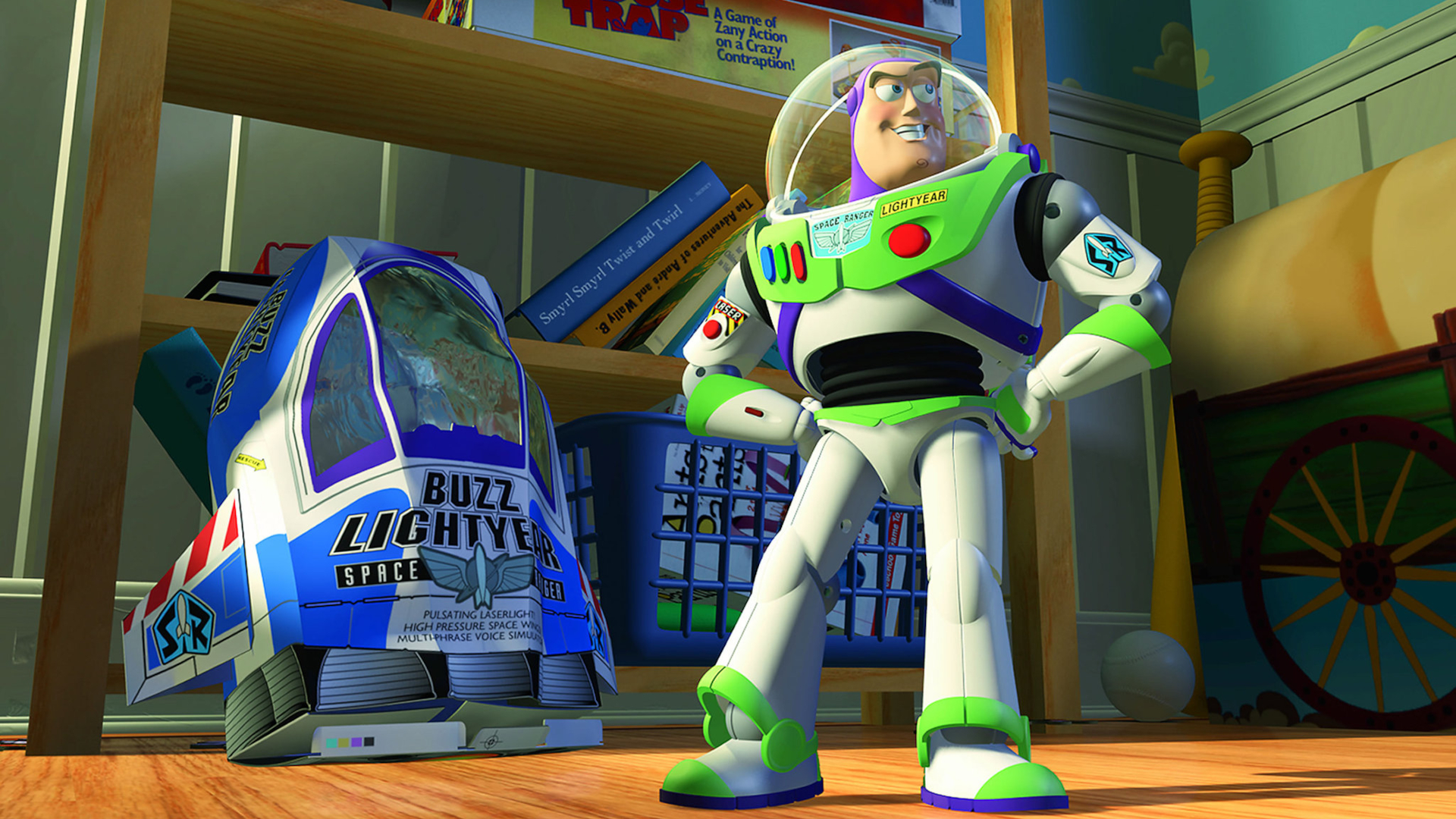NASA fires up powerful Artemis moon rocket engine in key test (video)
A powerful rocket engine for moon missions just fired up for the second time in less than a week.
NASA completed a new test for the Space Launch System (SLS) megarocket on Tuesday (Jan. 23), firing an RS-25 engine for about eight minutes (500 seconds) at the agency's Stennis Space Center in Mississippi. It was the second RS-25 test of 2024, following one on Jan. 17.
Engineers are seeking to certify a variant of the RS-25, which uses technology from the space shuttle program, for more ambitious moon missions in the coming years. The current 12-test series is meant to get ready for the planned Artemis 5 mission that may fly as soon as 2029, per NASA releases issued last year.
NASA has not yet issued a press release about the finished test, but a statement concerning the Jan. 17 effort said the focus was examining "several new engine components, including a nozzle, hydraulic actuators, flex ducts and turbopumps." Production on the engines is overseen by lead contractor Aerojet Rocketdyne, an L3Harris company.
Related: Watch NASA test fire new and improved Artemis moon rocket engine (video)
Artemis 5 is one of the missions planned under NASA's Artemis program, which seeks to put boots on the moon as soon as 2026 with Artemis 3. The program's first mission was carried out successfully in late 2022 — the uncrewed Artemis 1, which used an SLS to send several instrument-laden mannequins, science experiments and cubesats around the moon.
The next mission, Artemis 2, is deep in planning; it will send four astronauts around the moon and back again. Technical and budgetary problems with the program, however, forced NASA earlier this month to delay Artemis 2 nine months to September 2025, and Artemis 3 to 2026 rather than the previous 2025 target.
Breaking space news, the latest updates on rocket launches, skywatching events and more!
Artemis 2, 3 and 4 are using leftover RS-25 engines that flew on past space shuttle missions; Artemis 5 and later missions will use new variants of the RS-25 that will have additional thrust available.
"The first four Artemis missions are using modified space shuttle main engines that can power up to 109% of their rated level," NASA officials wrote in an Oct. 3, 2023 press release concerning the new testing series. "New RS-25 engines will power up to the 111% level to provide additional thrust."
The tests aim to bring the RS-25's thrust up to 113% power on the test stand for operational safety, using "developmental engine E0525 to collect data for the final RS-25 design certification review," NASA officials added.
The development of SLS is led by Boeing and reuses hardware from the space shuttle program to furnish the in-space experience NASA often requires for human-rated missions. Another example of shuttle program technology being used are the boosters for SLS, now under the care of Northrop Grumman (which announced it would acquire then-booster maker Orbital ATK in 2017).

Elizabeth Howell (she/her), Ph.D., was a staff writer in the spaceflight channel between 2022 and 2024 specializing in Canadian space news. She was contributing writer for Space.com for 10 years from 2012 to 2024. Elizabeth's reporting includes multiple exclusives with the White House, leading world coverage about a lost-and-found space tomato on the International Space Station, witnessing five human spaceflight launches on two continents, flying parabolic, working inside a spacesuit, and participating in a simulated Mars mission. Her latest book, "Why Am I Taller?" (ECW Press, 2022) is co-written with astronaut Dave Williams.

